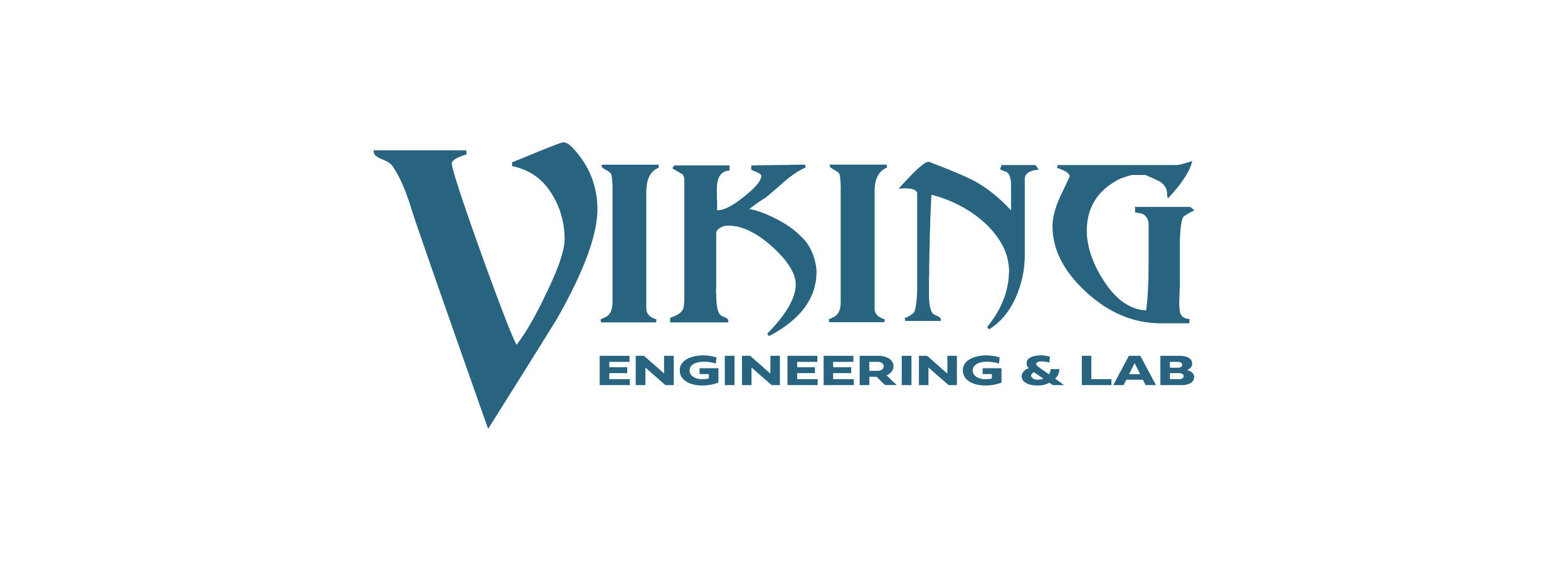Chemical Injection Rate Control Valves
IRCVs can be effective in deepwater. Successful application requires a systems approach and incorporation of lessons learned.
The conventional approach to injection of production chemicals is to use a separate pump for each injection point. For topsides injection at low to moderate pressures these systems are small and inexpensive. But in deepwater they can be large, heavy and expensive. A common alternative is to use distributed delivery systems featuring Injection Rate Control Valves (IRCVs) to control flow to individual locations. IRCV systems are cheaper, lighter, smaller and more flexible.
But many operators have little faith in them. Some IRCV installations have failed and some have worked only after significant effort. Many things can go wrong. Most engineers designing these installations are not aware of all the design requirements, and vendor literature typically does not provide adequate design guidance.
IRCV Description
IRCVs are available for both topsides and subsea installation. The two main suppliers of topsides valves are Haskel and SkoFlo. Subsea valves are provided by several companies including SkoFlo, National Couplings, Cameron and Oceaneering.
There are two types of IRCVs. The original valves (Haskel and SkoFlo) are flow regulators that use pistons, spring systems and variable orifices to regulate the flow. Another type features closed loop flow control with integral flow meters and throttling valves (Cameron, National Couplings). Another similar closed loop control product is the Watchdog System offered by W Industries for topsides installation.
Flow Regulator Types
SkoFlo and Haskel valves are flow regulators. Figure 1 shows a typical needle valve IRCV. Flow enters at pressure Pin. The regulator valve takes a pressure drop resulting in pressure P1 below the piston. The needle valve takes a pressure drop resulting in pressure P2, which is ported to the IRCV above the piston.
The IRCV attempts to control flow by maintaining a fixed pressure drop (typically about 40 to 200 psig) across the needle valve (P2 – P1). Note that the pressure drop across the valve is balanced by the bias spring on the piston. As inlet or outlet pressure varies, the piston moves to keep the difference between P1 and P2 constant. Calibration of flowrate is achieved by adjusting the position of the needle valve.
IRCVs are applied as shown in Figure 2. One or more pumps provide flow to the inlet of a bank of IRCVs. The IRCVs meter a set flow to each location. Excess flow is recycled back to storage via a backpressure regulator or pressure control valve that serves to maintain a constant inlet pressure.
Operating Envelope Evaluation - Governing Equations
A common application error is operating IRCVs outside of their feasible operating envelope. Vendor data often gives inadequate guidance in designing IRCV systems. Flowrate is a function of both the system pressure-flow curve and the IRCV behavior.
IRCV performance in a particular system can be predicted by plotting the IRCV performance curve (obtained from the vendor) against the system pressure drop curve as shown in Figure 3. As long as the curves cross in the vertical region of the IRCV performance curve, then effective flow control is possible
Figure 3 provides only one IRCV operating point (50% open) and one system curve. Figure 4 illustrates operation over a range of settings and various injection pressures. In the uppermost region labeled “No Control,” the IRCV pressure drop is small compared to the system pressure drop and flow control will be poor. In the region labeled “Effective Control,” enough pressure drop is available to achieve effective flow control. At very low flowrates and high pressure drops the IRCV will operate very nearly closed which can yield unstable operation and vibration.
LESSONS LEARNED
Oversized IRCVs
Chemical injection systems are difficult to size because of uncertainties including flowrate, chemicals used and their treatment rate. If conservative estimates are used for all parameters, the injection system may be oversized, at least for some wells. Oversized valves may still function effectively given adequate turndown, but the turndown of individual IRCVs may be significantly lower than expected. As illustrated above, turndown is a function of the entire system, not just the IRCV.
Oversized Recycle Valve- Poor Suction Pressure Control
Suction pressure control is important in the functioning of the IRCVs. When using a back pressure regulator, the valve is usually sized for 100% of the pump flow for startup. The valve may be too large to control pressure during normal operation.
Heat Buildup
In high pressure systems, chemical recycle can result in very large temperature increases from the heat of pumping and a reverse Joule-Thomson effect.
Plugged Ports
IRCVs take large pressure drops via fine ports. The ports get clogged when chemicals aren’t filtered adequately. This is especially problematic with filming chemicals.
Commissioning and Startup Issues
IRCVs are designed for a moderate pressure drop across the piston. During commissioning and process startup, pressure drop across the piston can be much higher. This can result in extruded elastomers and even damaged pistons. High differential pressure can also occur if operators attempt to startup an individual IRCV within a bank of already operating IRCVs. With some models it may be impossible to effectively startup an individual IRCV without decreasing the suction pressure to all operating IRCVs in the bank.
Calibration Complicated by Transient Behavior
Deepwater systems with long offsets respond slowly to valve position changes during calibration. The system must be allowed to reach steady state between valve adjustments. Failure to account for system dynamics contributes to the frequent complaint that the injection rates of IRCVs drift over time.
Inadequate Operator Training
Operators are frequently inadequately trained to calibrate and operate IRCVs. The fact that these systems are conceptually simple probably contributes to this.
Systems Approach
IRCVs can be an effective solution to the space and weight issues inherent in point to point delivery systems. But, successful application of IRCVs requires a systems approach and effective incorporation of lessons learned into the design process. For additional information on this topic, ask for GATE’s SPE Paper #110205.






